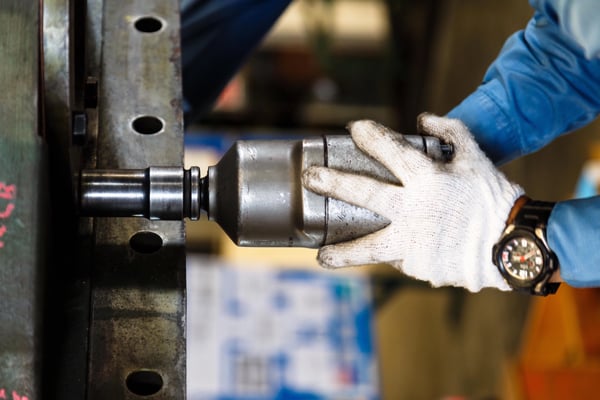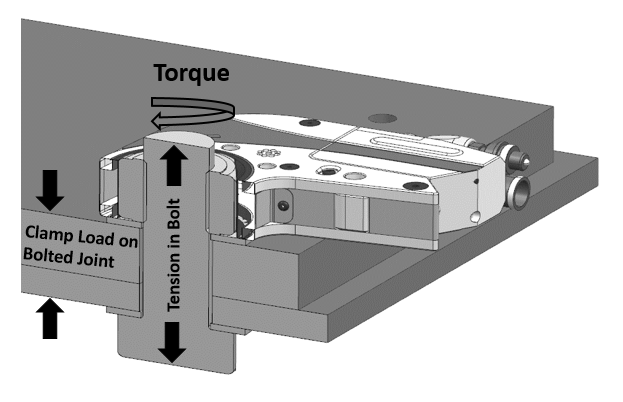
The process of assembling a pump system comes with many steps and plenty of room for error. That’s why operators must understand the requirements for pump assembly related to fastener torque, which is often considered the most important part of assembly. Here is what you should know about torque with regard to pump fasteners.
Torque basics
Fastener torque is a critical aspect of assembly because having the right amount of tightness on bolts has far-reaching effects on the pump system. Too little torque on bolts can cause a joint to separate; too much can cause deflection or damage to the joint.
That’s why the torque requirements for KSB GIW, Inc. pumps are clearly defined in manuals and on drawings and why operators should tighten bolts and fasteners accordingly.
In most cases, standard torque charts can be used. However, there are some components on the pump that require custom torque. It is critical that the correct torque is used for these components to prevent failure:
- Bearing assembly movement: If the hold-down bolts for the bearing assembly are not tightened properly, the assembly may shift out of place. This can cause vibration and can cause the impeller to rub against the suction liner, leading to premature impeller and suction liner failure.
- Impeller release ring failure: The ring can shift or fail unexpectedly if the proper fasteners are not used and torqued the correct amount.
- Tie bolts: The amount of torque required for these bolts is limited to prevent over-torquing.
- Flange bolts: Over torquing mating flange fasteners can damage the pump flange.
All other fasteners can use the standard torque provided in the pump manual unless a custom torque is specified on the assembly drawing or general arrangement drawing.

Standards for torque
There are a few pieces of information every operator should know about their particular pump — the fastener size and bolt grade required for their assembly; the torque requirements for those fasteners and bolts; and the basic material properties of the parts being joined. Knowing these things will help operators assemble their pump correctly. Fortunately, all of this information is included in the pump manual.
What operators also must understand is that fastener preparation is just as important as proper torque application. This means cleaning and lubricating the threads on all bolts and nuts, as well as checking fasteners for wear. Operators also should have the right tool for the job. In many cases, this is a hydraulic torque wrench.
Here are a few other tips related to torque that operators should know:
- Lubrication: Use copper- or nickel-based anti-seize lubricant whenever possible. This kind of lubricant lowers the amount of torque needed for the correct clamp load and makes subsequent removal easier. With the exception of stainless-steel fasteners — which require anti-seize — alternative lubricants can be used. However, operators should adjust the torque values as necessary. Molybdenum-based lubricant, also called moly lube, is not recommended.
- Tools: As in any pump maintenance procedure, operators should check all tools before use. A calibrated torque wrench is the best tool to achieve the precise torque values required in many cases. As previously mentioned, however, an air impact wrench works for some tightening, albeit with less precision.
- Fasteners: Reuse of fasteners in critical applications, such as impeller release rings, is not recommended.
- Measurement systems: Some torque charts use the metric system for fastener sizes, while others use the imperial system. While this seems like an obvious point, simple mix-ups can have serious consequences. Fortunately, KSB GIW, Inc. pump manuals feature both metric and imperial torque charts.
It is easy to take torque for granted, and to think that “as tight as it will go” is an appropriate rule of thumb for pump assembly. However, torque is a precise and crucial element of assembly that requires an understanding of the forces, materials, and tools necessary to do the job. By applying the proper torque during assembly, operators can be sure their pumps are set up for long-term success.
